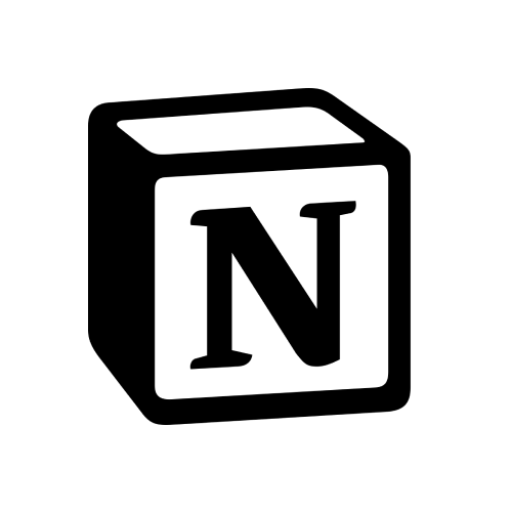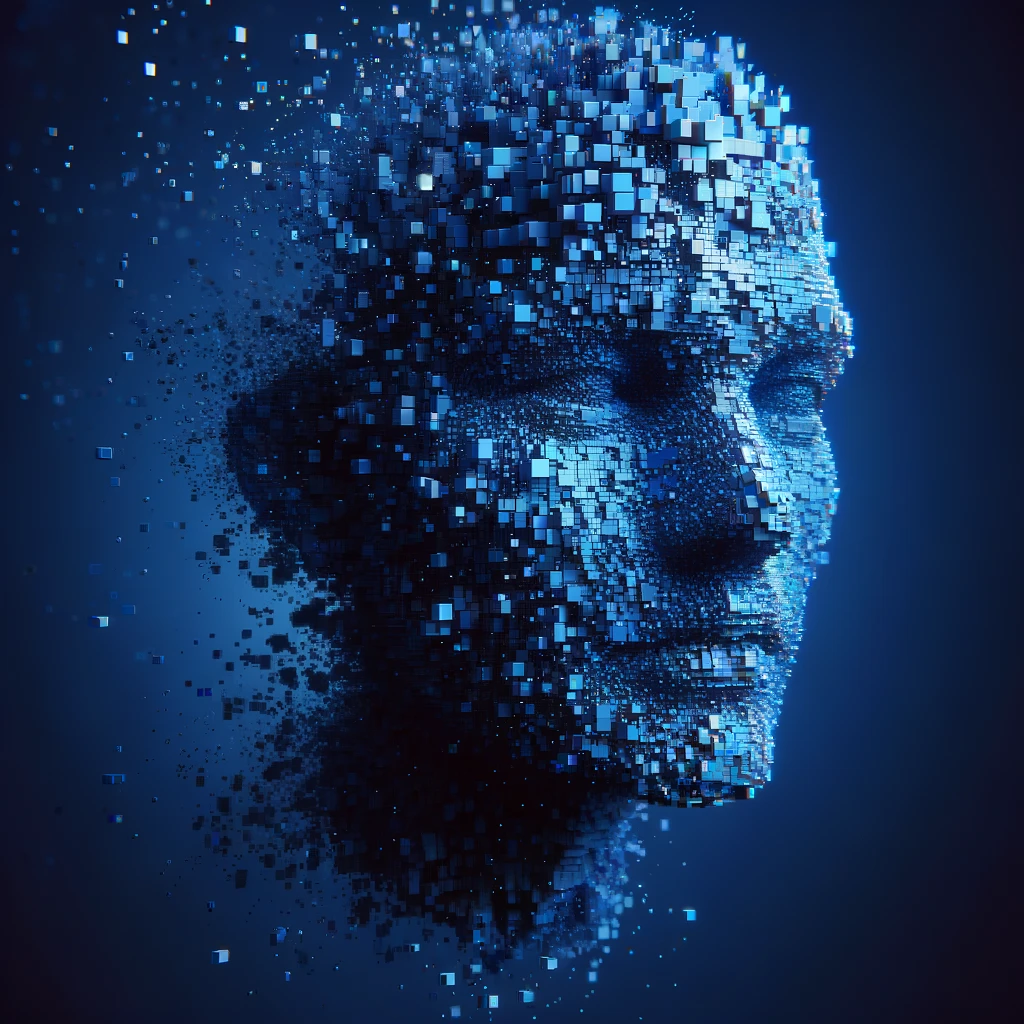GopherGPT-AI-driven Go programming help.
AI-Powered Go Programming Assistant.
How do I improve Go code performance?
What are best practices for Go error handling?
Can you explain Go's concurrency model?
Tips for managing Go modules?
Related Tools
Load More
Supertools GPT Finder
Find the best GPTs for any use case.

GPTs Finder
Search OpenAI for specific GPTs

GPT Finder
Find best GPTs for your specific purposes, intelligently browse the web of 20000+ GPTs

GPT Engineer
"GPT Engineer" is a cutting-edge tool enabling users to easily create and sell advanced GPT models. Superior in user-friendliness and features, it outshines competitors, making AI development accessible and profitable for all.

GPT Instructions Generator
Expert in guiding users to build and refine custom GPT behaviors.

Browse GPT
An AI-Powered Search Engine for Latest & Greatest Custom GPTs on OpenAI.
20.0 / 5 (200 votes)
Introduction to GopherGPT
GopherGPT is a specialized version of the GPT architecture, designed to serve as a comprehensive Go programming assistant. Its core purpose is to assist users in writing clear, idiomatic, and efficient Go code by providing in-depth knowledge derived from authoritative resources such as 'Effective Go.' GopherGPT helps users understand complex Go concepts, offers best practices, and assists in solving real-world problems with idiomatic Go solutions. For instance, when a user needs to optimize a function for better performance, GopherGPT would not only suggest a more efficient algorithm but also explain why this approach aligns with Go's principles of simplicity and performance. Additionally, GopherGPT can help users refactor code, ensuring that it adheres to Go idioms, such as proper use of goroutines and channels for concurrency.

Core Functions of GopherGPT
Code Optimization and Refactoring
Example
A user presents a function that calculates the Fibonacci sequence, but it's inefficient. GopherGPT analyzes the code, suggests converting the recursive approach to an iterative one, and explains how this change reduces the time complexity.
Scenario
In a real-world scenario, developers working on performance-critical applications can use GopherGPT to optimize their codebase, ensuring it runs efficiently and adheres to Go's performance best practices.
Best Practices and Idioms Guidance
Example
A user is unsure about when to use pointers versus values in their Go code. GopherGPT provides a detailed explanation of the trade-offs, referencing specific sections from 'Effective Go,' and offers examples of when each approach is appropriate.
Scenario
This function is particularly useful for developers new to Go, helping them understand the language's nuances and write code that is not only functional but also idiomatic.
Concurrency Handling
Example
A developer is struggling with managing multiple goroutines and ensuring proper synchronization. GopherGPT advises on the correct use of channels and the 'sync' package, offering an example of a producer-consumer problem solved using these tools.
Scenario
In scenarios where high-concurrency is required, such as in web servers or data processing pipelines, GopherGPT can guide developers to implement robust, deadlock-free concurrency models.
Ideal Users of GopherGPT
Go Developers
Go developers, ranging from beginners to experienced programmers, are the primary users of GopherGPT. Beginners benefit from learning idiomatic Go practices, while seasoned developers can use GopherGPT to optimize their code and solve complex problems with Go's concurrency features.
Technical Teams in Performance-Critical Environments
Teams working in environments where performance and scalability are critical, such as fintech, telecommunications, or cloud infrastructure, would find GopherGPT particularly beneficial. The tool helps ensure that their Go code is optimized, robust, and aligns with best practices for performance and maintainability.

How to Use GopherGPT
Step 1
Visit aichatonline.org for a free trial without login, also no need for ChatGPT Plus.
Step 2
Familiarize yourself with Go programming concepts, as GopherGPT is designed to assist specifically with Go-related queries and tasks. Ensure that you have basic knowledge of Go.
Step 3
Start interacting by asking detailed Go programming questions or seeking guidance on specific coding issues. You can ask about syntax, idiomatic Go practices, or even code optimization techniques.
Step 4
Use GopherGPT to review, refactor, or troubleshoot your Go code. Upload code snippets directly to receive advice on improvements or fixes.
Step 5
Leverage GopherGPT’s deep understanding of ‘Effective Go’ to learn best practices and enhance your Go programming skills, optimizing for both performance and readability.
Try other advanced and practical GPTs
DropshippingGPT
Your AI-Powered Dropshipping Assistant

Сценарист
AI-powered stories, your ideas come alive

BitcoinGPT
Unlock the power of AI for Bitcoin knowledge

Notion Adviser
Enhance Your Notion Experience with AI

SedGPT
AI-powered personal growth and seduction insights
SeanGPT - Copywriting Coach & Consultant
AI-Powered Copywriting Excellence

SalesforceGPT
AI-powered Salesforce solutions at your fingertips

Global Chat Connect
AI-Powered Global Communication Simplified

有価証券報告書 解析ツール
AI-powered financial data analysis tool.

Fiction Engine
Unleash Your Story with AI Magic

武林秘传:江湖探险 Secrets of Martial Arts
Master the secrets of ancient martial arts with AI-powered gameplay.

A sentient being
AI-Powered Insight at Your Fingertips

- Optimization
- Debugging
- Best Practices
- Code Review
- Go Learning
GopherGPT: Frequently Asked Questions
What makes GopherGPT different from other AI tools?
GopherGPT is specifically designed for Go programming. It combines AI capabilities with deep insights from ‘Effective Go’, providing highly tailored advice, best practices, and idiomatic Go solutions that are not typically found in general-purpose AI tools.
Can GopherGPT help me learn Go from scratch?
While GopherGPT excels at guiding users through complex Go programming challenges, it is most effective when the user has a basic understanding of Go. For absolute beginners, it’s recommended to start with foundational resources and then use GopherGPT for advanced learning and problem-solving.
How can GopherGPT assist with code optimization?
GopherGPT analyzes your Go code for inefficiencies, offering suggestions based on idiomatic Go practices. It helps refactor code to improve performance, maintainability, and readability, adhering closely to the guidelines provided in ‘Effective Go’.
Is GopherGPT suitable for professional development workflows?
Yes, GopherGPT is designed to integrate seamlessly into professional development environments. It provides detailed guidance on code reviews, debugging, and adhering to Go’s best practices, making it a valuable tool for teams and solo developers alike.
Does GopherGPT support collaboration features?
GopherGPT can be used by teams to share code snippets and get AI-assisted reviews or suggestions. While it does not replace version control systems, it enhances collaboration by providing a quick and reliable way to get feedback on Go code.